The North Pole Marathon is billed as “the experience of a lifetime” whereby runners battle sub-zero temperatures as low as minus 35 degrees C and other challenges.
But Gloria Lau had successfully battled these temperatures and other obstacles, such as soft snow recently, to conquer the 42.195km distance.
Earlier this month, Gloria, 65, had completed the 2016 edition of the North Pole Marathon, in a time of 11 hours 29 minutes and 45 seconds.
And after her completion, how did the runner feel?
Said Gloria, “Relief – I guess that would be the obvious answer as to how I felt upon completing the race. But seriously, everything culminating to finishing the race was just a massive, euphoric wave of pride and relief that I had managed to do it. After all, the pressure, mostly from myself, to come here a second time and fulfil this dream, there are no other words to describe it.”
Nothing can truly prepare you for the North Pole
Gloria’s first experience at running the North Pole Marathon had been in 2015, where she had completed 30km and had been advised to stop due to extreme weather conditions, temperatures of minus 45 degrees Celsius, and frostbite.
By completing the North Pole Marathon, this means that Gloria, together with fellow Singaporean runners Ong Tze Boon (son of the late president Ong Teng Chong) and his cousin Ong Yu-Phing, have successfully completed the Marathon Grand Slam. Getting this award required runners to do the North Pole Marathon and also a marathon on each of the world’s seven continents including Antarctica. This makes Gloria the first Singaporean woman to achieve this award.
And added Gloria, “Actually, hearing about the cold temperatures on my first polar run in Antarctica, 2012, I had been very worried – even having lived in cold climates before. I don’t really think being from any country other than Siberia can prepare you for the types of temperatures faced in the North Pole! My biggest concern at the time was preparation, wearing the proper gear and enough – or too much – of it.”
But this time round, she certainly used her prior polar running knowledge and experience, to her advantage, to conquer the 2016 race. Said the runner, “Coming in with experience and knowledge of how to prepare is a great advantage. I was more confident in my preparation and that put me at ease. I took the time to really set out my gear and test out different scenarios as best as I could, in order to take only what I needed and put in my best effort. I took my experience from my last two polar runs to determine exactly what shoes, equipment, layers of clothing and even state of mind I needed, to get through this.”
She added, “I made sure I was not going to get any gear malfunction like last year and I also made sure not to develop frostbite. Of course for a run like this, you are not going to be breaking any personal records and my mindset was focused on simply finishing the event. I did what I could with this knowledge to minimise any factors that could hinder me down the track.”
Biggest challenge in the 2016 race was the logistics
Taking part in the 2016 race still had its challenges though according to Gloria.
She said “This time the biggest challenge I think was logistics. We were running on an ice floe, so there was a lot of uncertainty, back and forth and simply waiting before we could finally fly out there and land on the ice. And even once we got there, due to more cracks in the runway, we had to wait out a few more days before the rest of the runners could arrive! This built up a lot of anxiety in all of us, but for those who were able to stick it out, we supported each other and kept our spirits up and minds off the negatives.”
She added “And the North Pole itself is not exactly a resort! From the rough plane ride to sleeping in tents, eating rations with limited toilet facilities, you have to do without a lot of luxuries in life. And counting the days till the conditions allowed us all to run was taxing on the spirit. If it wasn’t for the other runners, and the countrymen running with me, it would have been much harder I’m sure.”
Doubts
The runner also admitted that there had been points during the race where she had doubts about whether she could complete the run.
Said Gloria, “In an extreme marathon like this, there will always be several points which can fill me with doubt. Much like Mount Everest or the Great Wall of China, you simply cannot go on your previous experience to predict the outcome.”
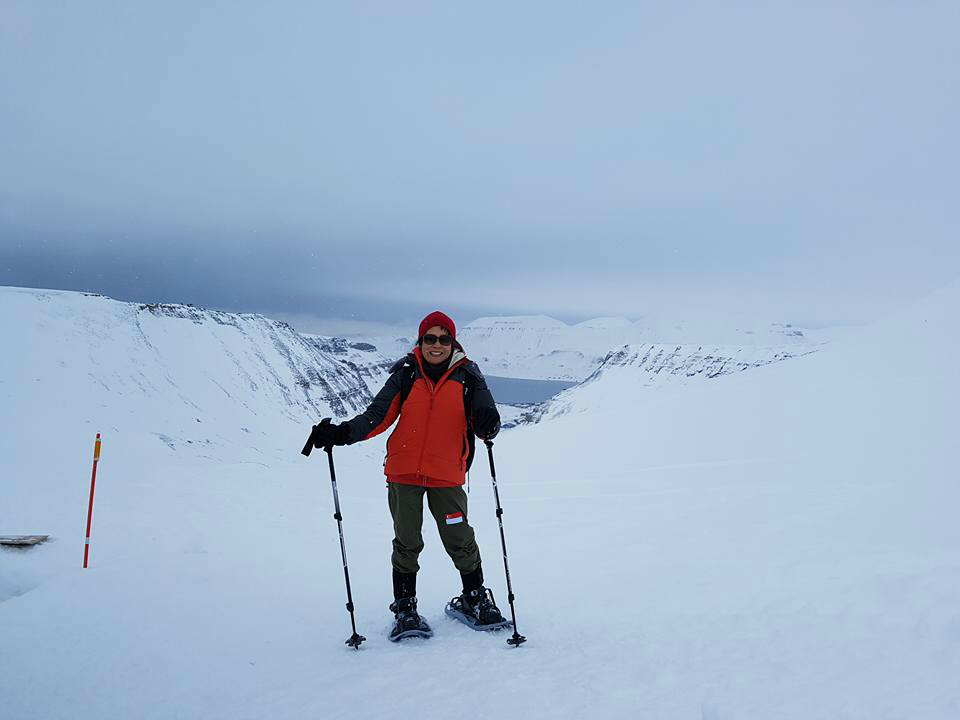
While waiting to head to the North Pole for the marathon, Gloria did some hiking at Lars Glacier Svalbard with her snow shoes.
She added “There are countless factors that can go wrong or work against your favour, from goggles fogging up to the snow conditions. It took real determination to simply focus on achieving the goal. My left calf started to give me severe pain during the run – this was a side effect from a hike I had done in Svalbard to kill the time, but I managed to grit my teeth through it in the end.”
Memorable Moments
But of course, such a marathon would definitely have its memorable moments as well. Explained Gloria, “The first thing that comes to mind on the run itself is solitude and the scenery – it is really a different world out there. Imagining that you are running on a big block of ice on the literal top of the world is quite amazing.”
She continued, “The other thing is the people. It’s a certain kind of mentality that brings people like these runners together to achieve something like this. I made some good friends and met some truly amazing individuals of all backgrounds.”
Advice for runners hoping to take on such extreme challenges
For runners who are thinking of taking on extreme races such as the North Pole Marathon, what advice can Gloria share?
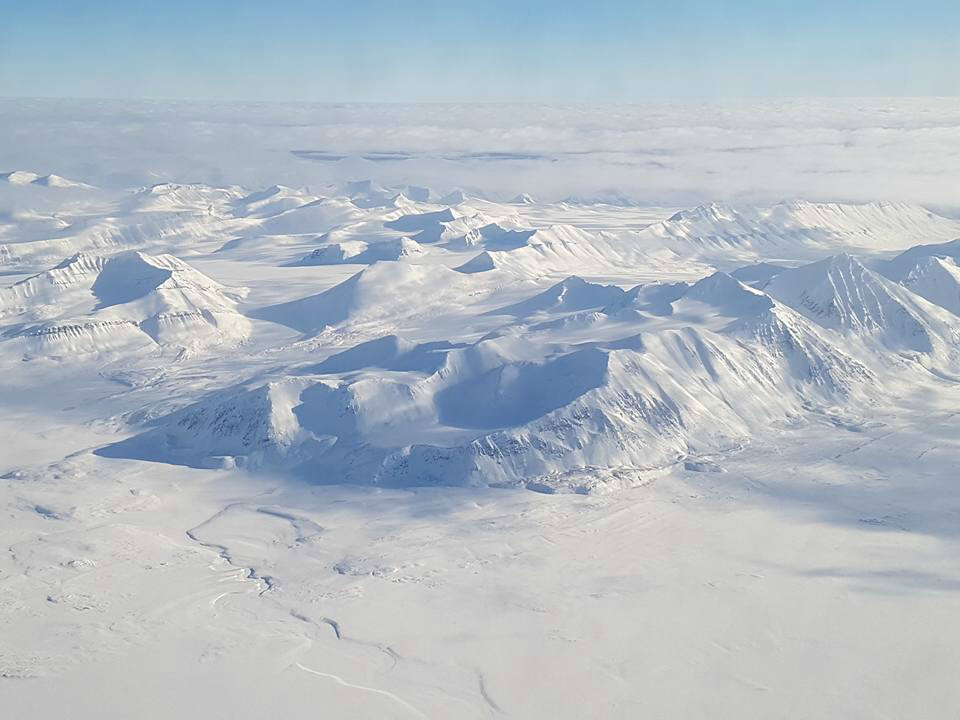
Gloria advises Runners doing the North Pole Marathon to have proper footwear, eye and face protection.
She said “The first thing I would say is to put away your ego and respect the environment. It is no joke out there. The temperatures cannot be underestimated. When it is so cold that nobody even dares to remove their gloves to scratch their nose for a second, you have to remember to look after yourself, first and foremost.”
Continued the runner “proper eye and face protection is paramount – frostbite and burns will have you suffering after, or during the race, which brings me to the second thing – preparation. Waterproof shoes are crucial because the snow can easily get much deeper than it appears. And if your feet get wet because of improper footwear, or lack of gaiters, it can really dampen your run, speaking from experience. And other than that, just be as ready as possible for your time on the ice, and do your research. Even if you are used to doing outdoor adventures, this is something truly unique.”
All photos used are courtesy of Facebook/Gloria Lau

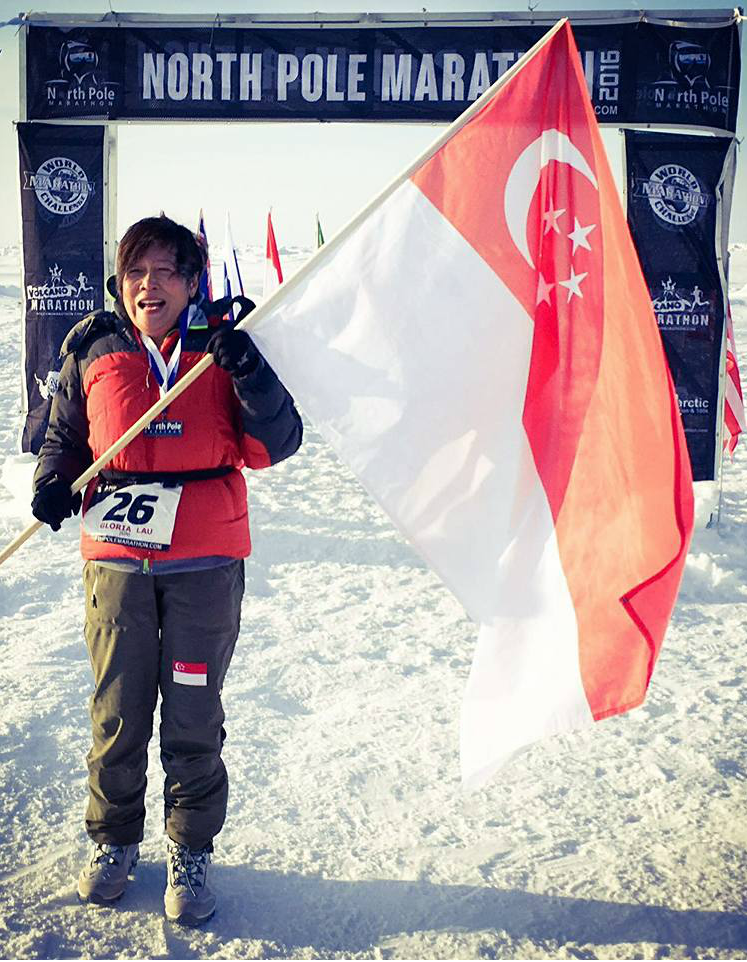
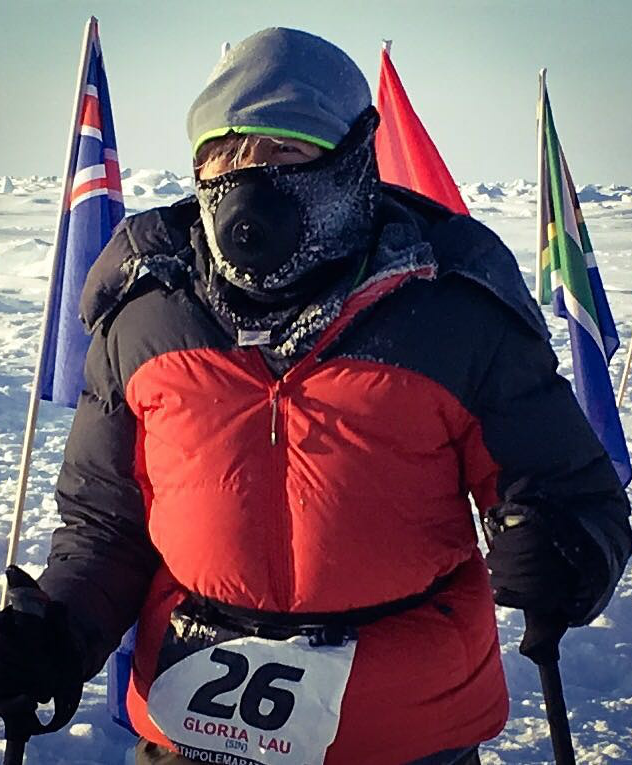
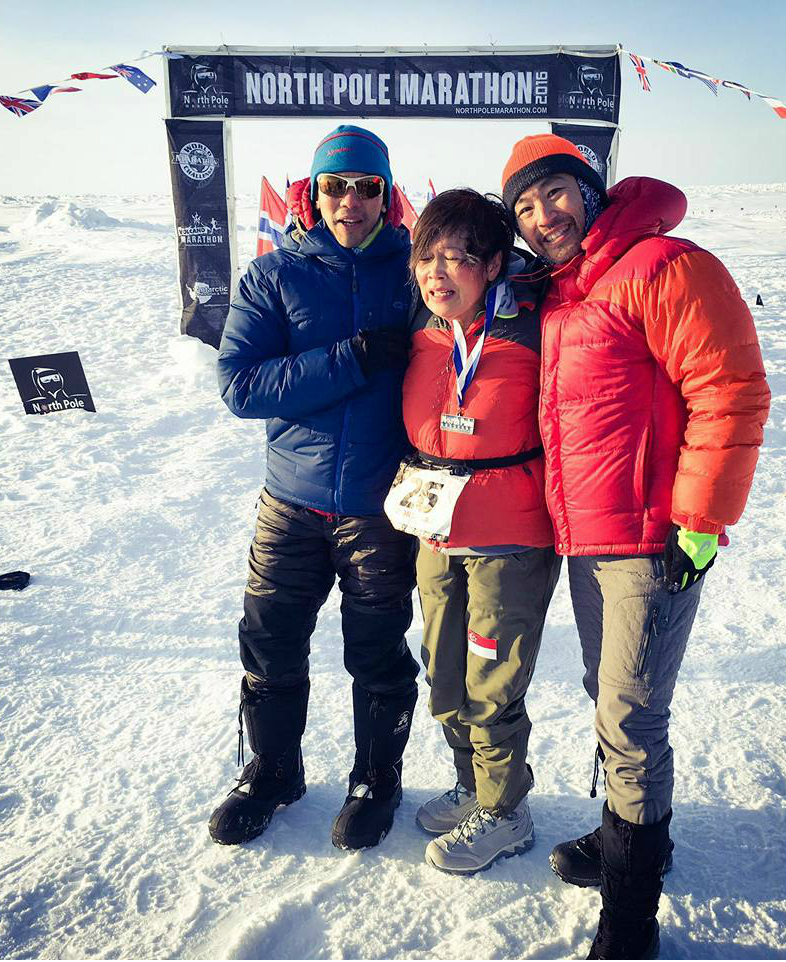
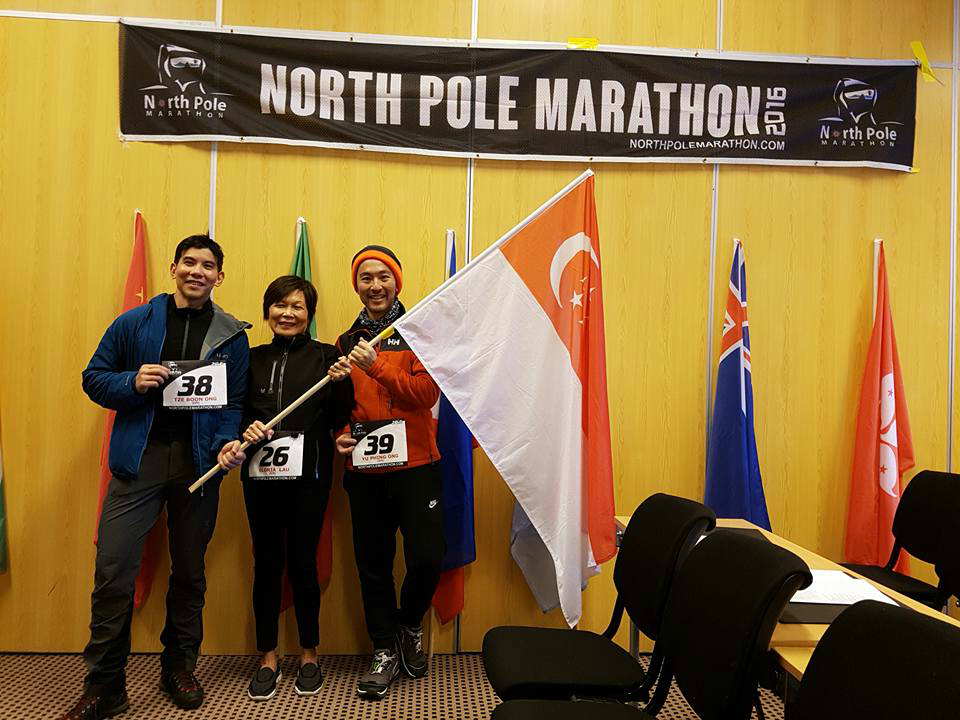
Leave a Comment